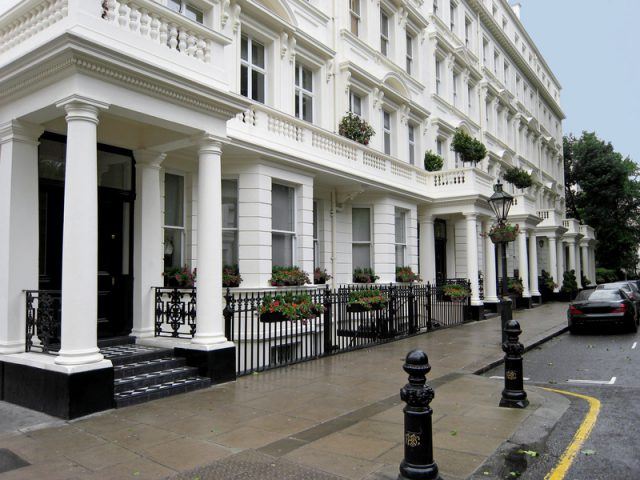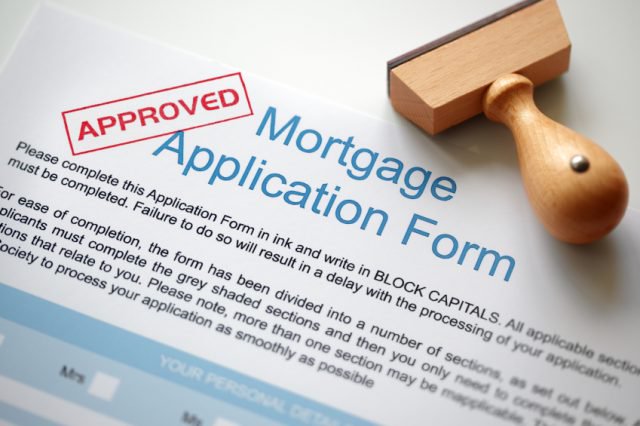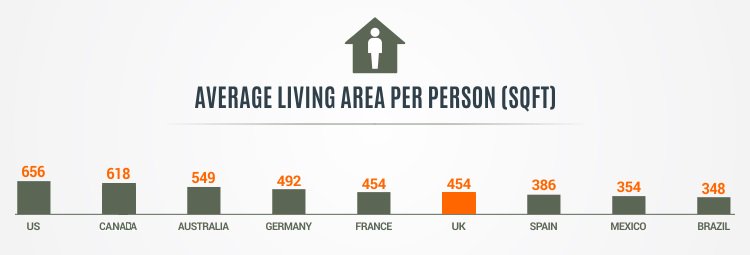The Rural Areas with the Highest Quality of Life in the UK
Many people are moving out of cities, predominantly London, to improve their mental health, breathe cleaner air and enjoy a higher quality of life in general. But which rural areas are the best to move to in the UK?

The Rural Areas with the Highest Quality of Life in the UK
The 2017 Rural Areas Quality of Life Survey from Halifax reveals that the Orkney Islands are the best locations to settle down for a life out of the city.
The islands off the northeast coast of Scotland came out on top thanks to low crime rates, excellent, well-funded schools and the lowest anxiety levels.
Second place went to Wychavon in Worcestershire, which scored well on health, low pollution levels and well-paid employment, with the Derbyshire Dales, Hambleton in North Yorkshire and Purbeck in Dorset completing the top five.
An Economist at Halifax, Martin Ellis, comments: “With one of the lowest population densities and traffic levels in Scotland, some of the most stunning scenery in the British Isles, and the lowest levels of anxiety and highest life satisfaction ratings, the Orkneys offer a quality of life unmatched elsewhere in rural Britain.
“While the employment rate is significantly higher than the national average, there is more and more emphasis being placed on achieving a good work-life balance.”
Scottish island groups fared well overall, with the Shetlands and Western Isles also ranking in the top 50 rural areas to live.
While areas in the south of England appeared most frequently in the top 50, rural areas in the north of England scored better on education, lower house prices to earnings ratios, lower traffic flows and population densities.
In contrast, typically richer southern areas tended to do better for weekly earnings, the weather, health and life expectancy.
The benefits of living in southern rural areas come at a price, however, with the highest house price to earnings ratios in Tandridge, Surrey (11.3), Purbeck (10.8) and East Dorset (10.7).
The study’s findings also suggested that Londoners needn’t cut all ties with the capital to achieve a better quality of life, as 11 of the top 50 best rural areas to live are in the South East.
Commuter favourite Chiltern in Buckinghamshire – number seven in the rankings – scored highest for educational attainment, with 55% of the adults educated to a high level, compared with a national average of 36.5%. It also boasts some of the country’s largest homes.
Landlords, if you’ve decided against a London property investment due to high house prices and low rental yields, head to these rural areas to cater to those looking for a higher quality of life.







